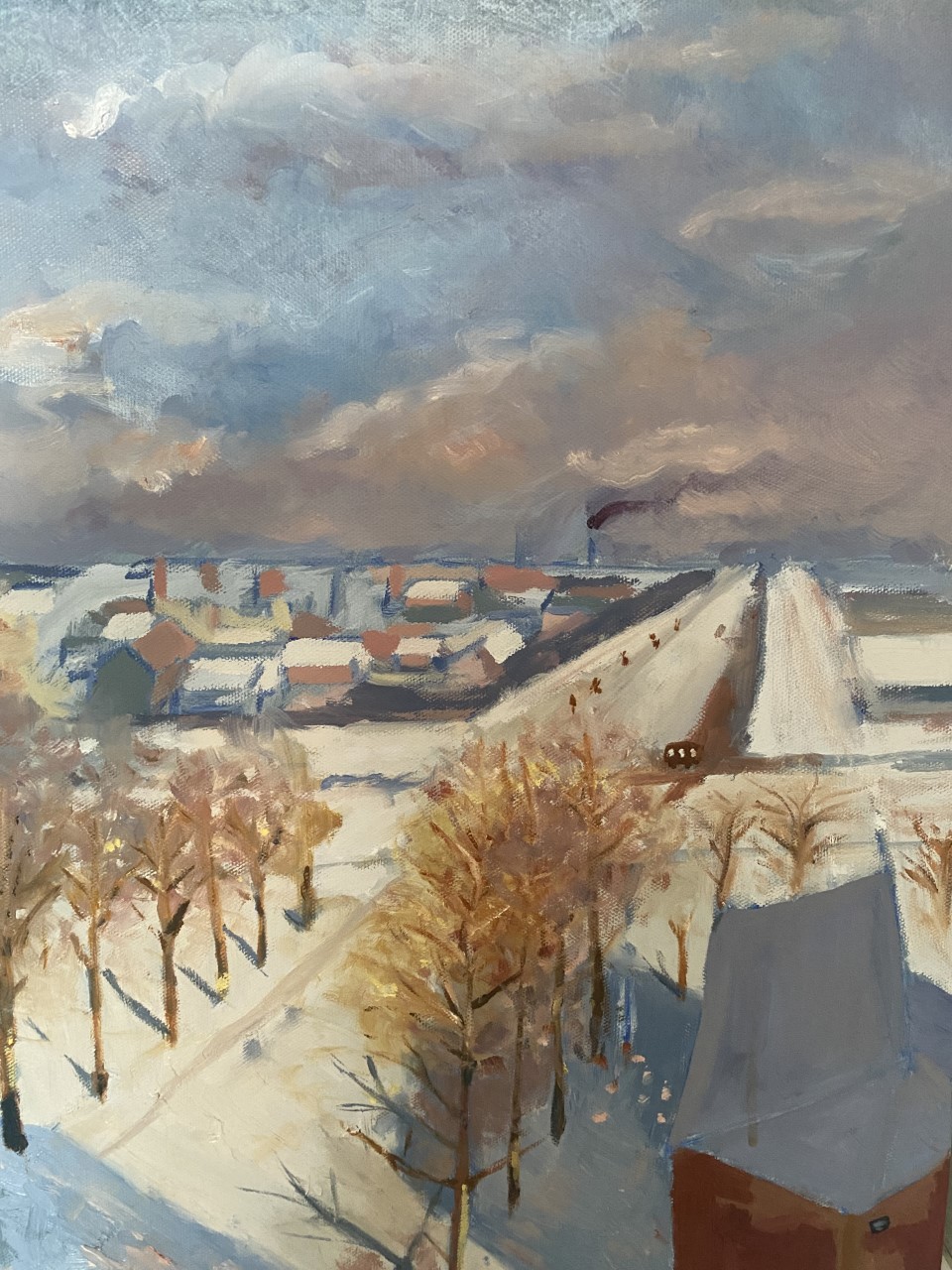Born to John Massie in the city of Aberdeen in 1911, Leslie Alexander Massie was one of the judges who took part in the Singapore War Crimes Trials following the Second World War. Educated at the Robert Gordon’s College in Aberdeen, he got his start in a long and illustrious legal career when he enrolled in the University of Aberdeen, studying Constitutional Law and History. Massie graduated in April 1937 with a Bachelor of Laws and a Master of Arts. Shortly after graduating, he went on to receive his legal training with Messrs Milne and Reid. Massie was a brilliant solicitor, eventually being selected from among 100 applicants to fill one of the two Scottish posts in government that had been created by the 1938 Coal Act.
During the Second World War, Massie joined the Royal Scots Fusiliers and departed Scotland to the distant Southeast Asian theatre, eventually rising to the rank of Lieutenant Colonel. When the war ended, Massie served as a judge in Malaya. One of his cases involved sentencing a collaborator to 10 years of imprisonment for leading Japanese soldiers to the location of British soldiers who were in hiding. In 1948, he travelled to Singapore and served as the President of the court for the last of the war crimes trial held in Singapore: the Mizuno Keiji trial.
The defendant on trial was Major Mizuno Keiji, a Kempeitai officer in charge of the Eastern sector of Singapore with the 2nd Field Kempeitai. He was charged with the deaths of 177 Chinese civilians in Singapore, to which he pleaded not guilty.
During the trial, Major Keiji claimed that his senior officers had given him orders to screen the local population, and he was simply following orders without intending to commit a war crime. He claimed that he had been given instructions to find communists, looters, volunteers, people harbouring weapons and ammunition, as well as anti-Japanese Chinese whose names were found on a list. An issue of contention in the trial was the level of discretion that Major Keiji exercised and the amount of control he had over the screening process. Major Keiji claimed that there was no discretion involved during the screening, as he was simply following orders from his senior officer, Lieutenant Colonel Yokota. However, the prosecution later demonstrated that not only was he present during the screenings, he was also instructing his soldiers on how the screening should be carried out.
The prosecution was able to push the argument that Major Keiji was complicit in the arbitrary slaughter of the local population. According to translators working for the Japanese, the soldiers at the detention centres did not even inform the translators what they were looking for. All they wanted were the names, addresses, ages and occupations of the men they were screening. Such information was enough to send men to their deaths. Simply being a domestic servant to Europeans before the war was enough for the Japanese to confirm that someone ought to be detained.
In the end, the defence failed to demonstrate that Major Keiji took a hands-off approach to the screening process and was simply following orders. Indeed, the opposite was true, as Major Keiji had appeared at the screening station daily, giving orders to his men on how to screen the civilians. Even though the defence argued that following orders was to be expected within the Imperial Japanese Army, Major Keiji had failed to exercise the due care that was necessary in such a sensitive situation involving the life and death of civilians. Hence, the court under Massie decided to sentence Major Keiji to life imprisonment for his involvement in the crime.
Massie stayed on in Southeast Asia after the war crimes trials ended, moving to mainland Malaya in 1949 to become a legal adviser in the Colonial Office. He served with distinction, eventually taking on the role of Deputy Public Prosecutor. However, this arrangement was not to last as the British government had begun the process of decolonisation. By 1957, Malaya was granted independence and not all British officers decided to stay. Massie, however, elected to stay. He was even praised by the Negri Sembilan Council for helping to make Malaya a prosperous and peaceful country. In 1958, Massie’s diligence and effort in his roles as the Deputy Public Prosecutor and legal adviser to the fledging Malayan government earned him much recognition. For his efforts, he received the N.S. Meritous medal for bringing law and stability to the country.
The changing times, however, were not kind to Massie. After winning independence, the Malayan government wanted to place locals in important government positions. As a result, the British officials had to retire. After an illustrious 12 years working in the Malayan government, Massie retired from the legal service in August 1961 due to the government’s ‘Malayanisation’ process. Upon his resignation, he returned to his homeland of Scotland to continue practicing law. He died in the 1990s, and his wife donated a banner to St Giles Cathedral of Edinburgh in his honour.
